How Contextual Data is Driving the Future of Telehealth
TDAN
MAY 4, 2021
The expansion of big data applications has created opportunities across economic sectors. In healthcare, however, the potential of big data applications goes far beyond the financial. The contextual data gleaned from big data can drive healthcare solutions and accessibility to new heights.







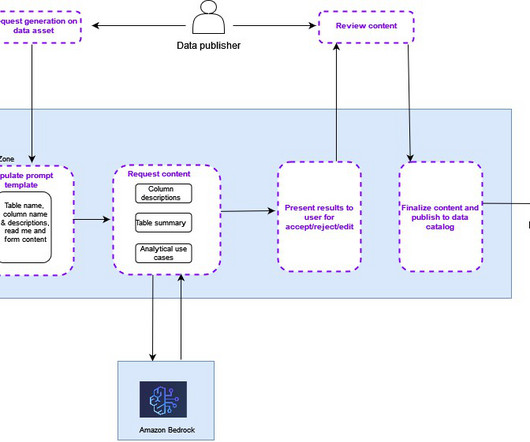
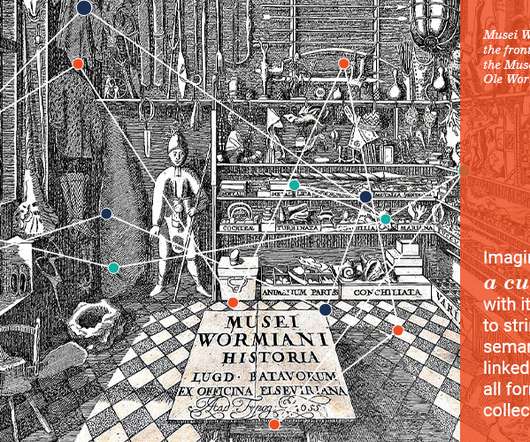

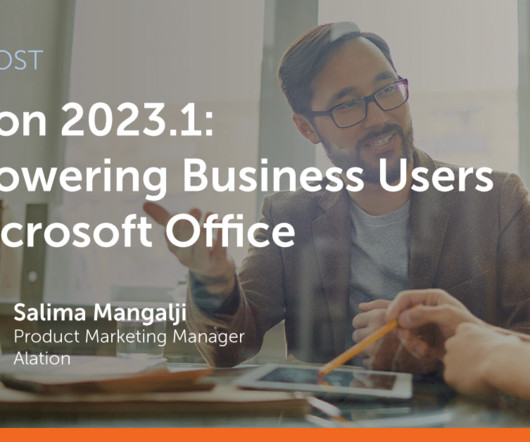

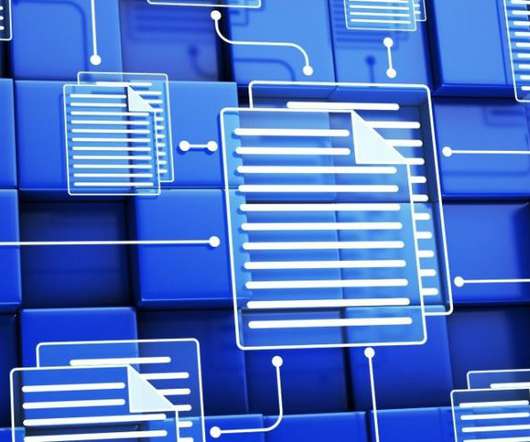
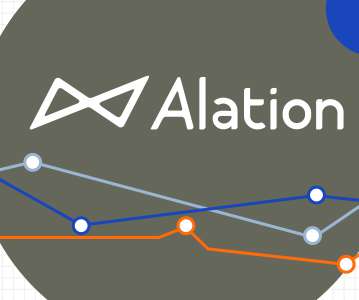
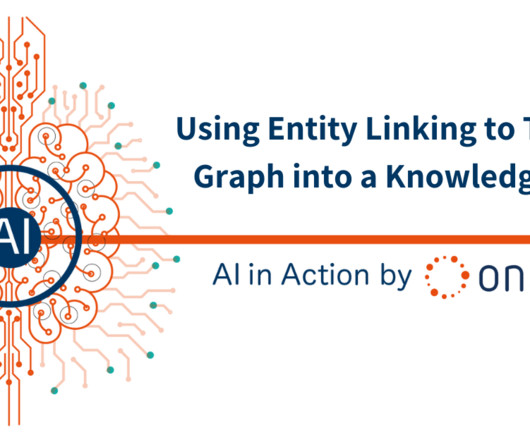










Let's personalize your content